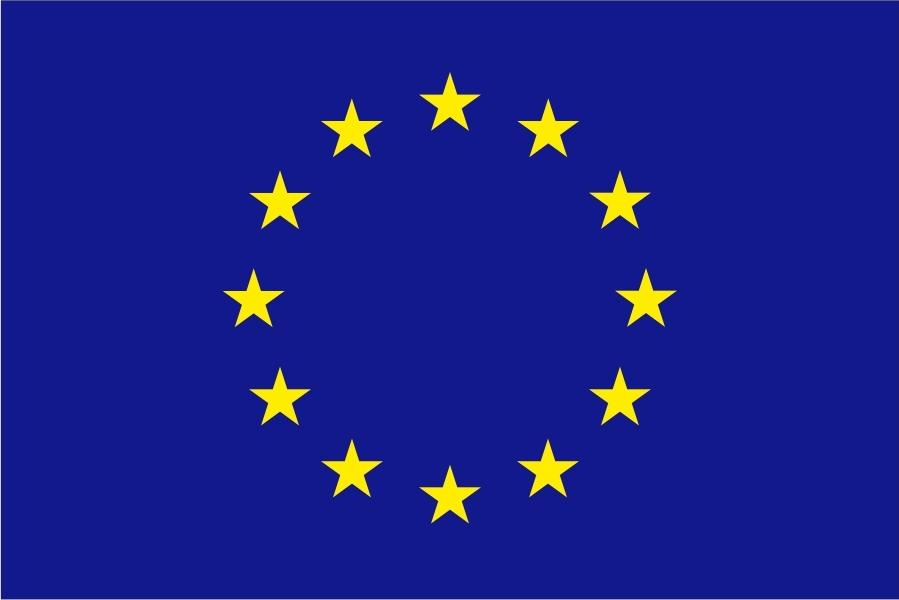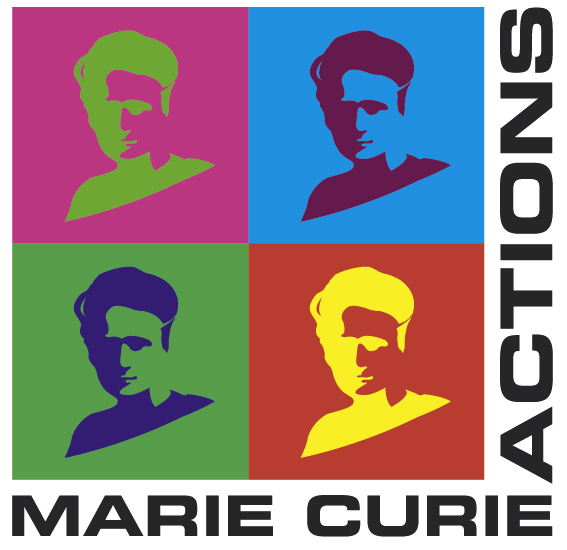The secondment of Lorenzo Schinaia took place from the 1 March until 31 May 2015 from Casa di Cura “Villa Serena” del Dott. L. Petruzzi (Private Health, Città Sant’Angelo – Pescara, Italy) to University of Porto “U.PORTO (FEUP)” (Academia, Porto, Portugal). During the secondment Lorenzo Schinaia at University of Porto (FEUP) two objectives are been executed.
In the first month of period (March), a specific software tool was developed in the way to help the Chemical Engineer in the signal processing analysis. This software was provided with the aim of analyze the raw signals that come from the new typologies of electrodes. In details the tool analysis software allows filtering the raw data in several frequency range to study the behavior of electrode in different band.
In the other two months remained (April and May), the work was focused to evaluate the performance of the dry-electrode, in term of signal acquisition. To achieve this goal a Signal-to-Noise-Ratio was performed. In details a SNR analysis on Visual Evoked Potentials responses was evaluated to compare two different approaches of SNR evaluation on Dry and Wet electrodes. The raw data are Visual Evoked Potential (VEP), that refer to electrical potentials, initiated by brief visual stimuli, which are recorded from the scalp overlying visual cortex. VEP waveforms are extracted from the electro-encephalogram (EEG) and the analysis was implemented in collaboration with TUIL and UPORTO which did the acquisitions of measurement. Particularly, in this study, we adopted two different approaches of SNR evaluation: the first one was a standard Signal-to-noise-ratio computation that was performed on the averaging of epochs, while the second one is based on the Root-mean-square evaluation.
The SNR analysis had the followed purposes to find an objective method of measurement that take care about the diverse noises typology, gives a balanced guide to the minimal number of task to do and provides an analysis results on the different performance on different typology electrodes.


